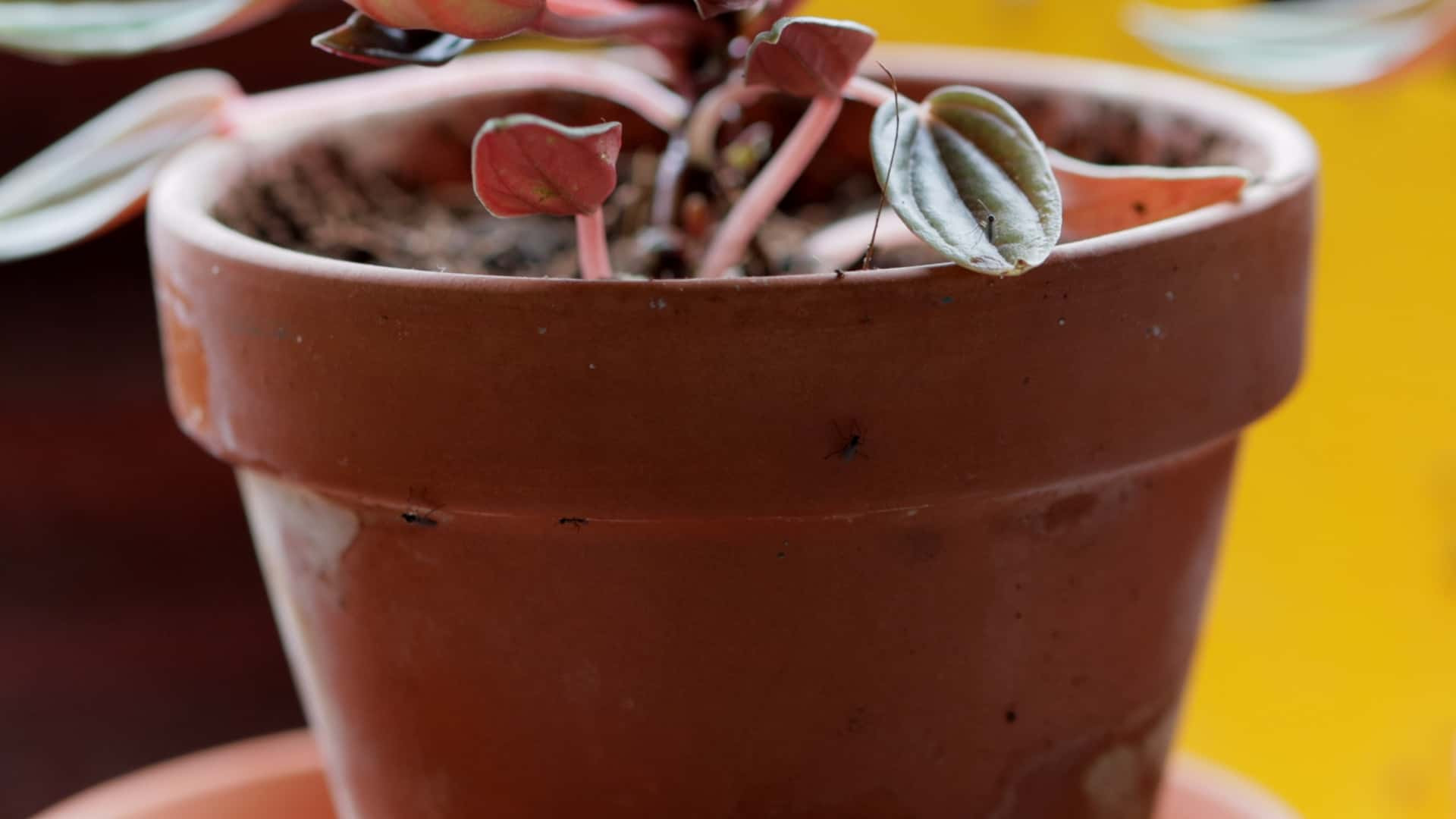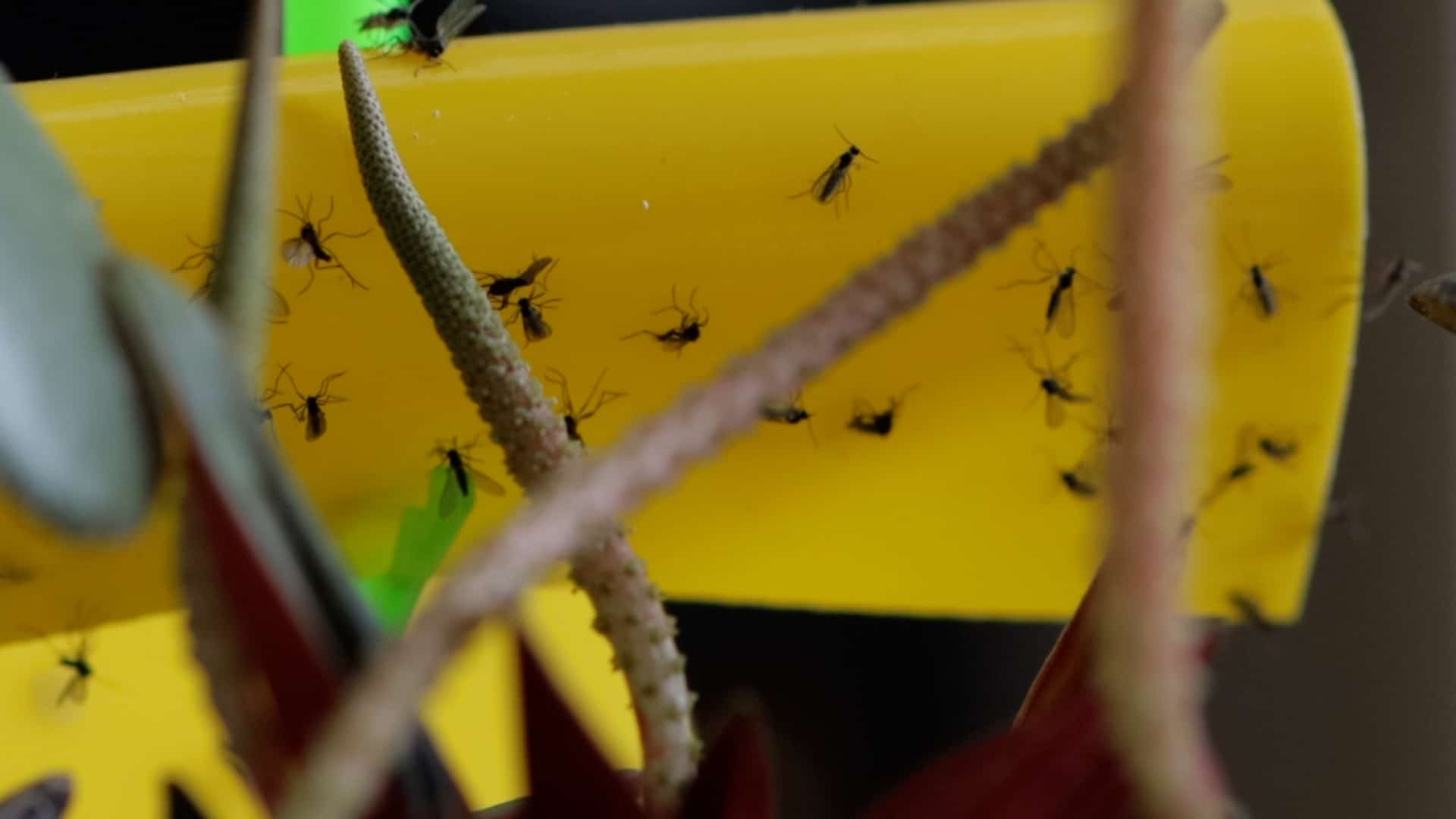Dealing with flies in your house can be incredibly frustrating. These buzzing pests are not only annoying but can also be unhygienic. Whether you’re battling tiny fruit flies in your kitchen or persistent house flies, finding an effective solution is crucial. If you’ve been struggling with these unwelcome guests, you’re not alone. Many homeowners face the same issue. This guide will explore proven methods to eliminate flies from your home, focusing on practical steps and effective solutions.
Understanding the Pesky House Fly Problem
Before diving into solutions, it’s important to understand what attracts flies to your house in the first place. House flies and similar small flies, like fungus gnats, are often drawn to:
- Food sources: Overripe fruits, spilled food, crumbs, pet food, and garbage are all magnets for flies.
- Moisture: Damp areas, leaky pipes, and even overwatered houseplants can create breeding grounds.
- Organic matter: For fungus gnats specifically, the decaying organic matter in potting soil is a prime attraction.
Fungus gnats, often mistaken for fruit flies, are those tiny black flies you see hovering around your houseplants. While adult fungus gnats are mostly harmless and just a nuisance, their larvae can damage plant roots, especially in seedlings and young plants. One female fly can lay up to 300 eggs in damp soil, leading to rapid infestations if left unchecked.
 Flies congregating on a plant pot, illustrating a common house fly problem around houseplants.
Flies congregating on a plant pot, illustrating a common house fly problem around houseplants.
Effective Strategies to Eliminate House Flies
Getting rid of flies requires a multi-faceted approach. Here’s a breakdown of methods, starting with a highly effective two-pronged strategy:
The Power Duo: Mosquito Bits and Sticky Traps
This method combines larval control with adult fly capture, offering a comprehensive solution, especially effective for fungus gnats associated with houseplants.
Step 1: Target the Larvae with Mosquito Bits
Mosquito Bits contain Bacillus thuringiensis israelensis (BTI), a naturally occurring bacteria. BTI is toxic to fly larvae but safe for humans, pets, plants, and beneficial insects. It’s an organic and environmentally friendly solution to get rid of flies at their source.
- The Problem with Sprinkling: Simply sprinkling Mosquito Bits on top of the soil and watering can lead to mold growth on the corn granules, which is undesirable for your plants.
- The Solution: Mosquito Bit Tea: The most effective method is to create a “Mosquito Bit tea.” Soak the Mosquito Bits in your watering can overnight. This allows the BTI to infuse into the water.
- Drench the Soil: Water your plants with this BTI-infused water. This drench ensures the active ingredient reaches deep into the soil, effectively killing the fly larvae within 24 hours.
 Close-up of Mosquito Bits granules, a natural and effective solution for fly larvae control.
Close-up of Mosquito Bits granules, a natural and effective solution for fly larvae control.
Step 2: Catch Adult Flies with Yellow Sticky Traps
While Mosquito Bits address the larval stage, you also need to deal with the existing adult flies. Yellow sticky traps are remarkably effective for this.
- Attraction and Capture: Flies are attracted to the yellow color. These traps are coated with a strong adhesive that captures flies upon contact.
- Placement is Key: Place the sticky traps near your plants, close to the soil surface, where flies are most active. Be cautious when placing them, as the adhesive is very sticky and can adhere to hair or other surfaces.
- Complete Fly Control: By combining Mosquito Bit drenching to kill larvae and sticky traps to capture adults, you create a powerful two-pronged attack that significantly reduces and eventually eliminates fly infestations.
 Yellow sticky traps covered with flies, an efficient way to capture adult house flies indoors.
Yellow sticky traps covered with flies, an efficient way to capture adult house flies indoors.
Other Fly Control Methods: What Works and What Doesn’t
While the Mosquito Bits and sticky trap method is highly recommended, here are some other common approaches and their effectiveness:
- Vinegar Traps: Dishes of apple cider vinegar or wine vinegar are often suggested as fly traps. While they can attract and trap some flies, their effectiveness is limited. They may catch a few adult flies but won’t address the larval problem and might not be potent enough for heavy infestations. Plus, vinegar traps can leave a noticeable smell.
- Soapy Water: Soapy water can kill flies on contact. However, spraying soapy water is only a temporary fix for adult flies and does not impact the larvae breeding in the soil.
- Neem Oil Drench: Neem oil drenches can be effective against larvae, but they have a strong, unpleasant smell, making them less desirable for indoor use.
- Soil Toppings: Adding toppings like sand or gravel to the top of the soil is meant to deter flies from laying eggs. However, this method often proves ineffective in significantly reducing fly populations.
Preventative Measures: Stopping Flies Before They Start
Prevention is always better than cure. Here are key preventative steps to minimize fly problems in your house:
- Proper Watering: Avoid overwatering houseplants. Allow the topsoil to dry out slightly between waterings, as fungus gnats thrive in consistently damp soil.
- Good Drainage: Ensure your plant pots have good drainage to prevent waterlogging.
- Promptly Clean Spills: Immediately clean up any food or drink spills.
- Store Food Properly: Store fruits and vegetables in the refrigerator or sealed containers.
- Secure Garbage: Use garbage cans with tight-fitting lids and empty them regularly.
- Clean Drains: Regularly clean kitchen and bathroom drains to remove organic buildup that can attract flies.
- Window and Door Screens: Install and maintain screens on windows and doors to prevent flies from entering your home.
Extreme Measures for Severe Fly Infestations
In cases of severe infestations, especially with houseplants, more drastic measures might be necessary:
- Soil Replacement: For severely infested plants, consider removing the plant from its pot, discarding the old soil entirely, and washing the roots gently to remove any larvae or eggs. Repot the plant in fresh, new potting soil.
- Combine with Two-Pronged Approach: Even after repotting, use the Mosquito Bit tea drench and sticky traps to ensure any remaining larvae or adult flies are eliminated.
While soil replacement is an extreme measure, it can be effective for regaining control in particularly challenging situations. However, for most cases, the combination of Mosquito Bits and sticky traps, along with preventative measures, should be sufficient to effectively get rid of flies in your house and keep them away.
 A person looking relieved and happy, symbolizing successful fly control in a house.
A person looking relieved and happy, symbolizing successful fly control in a house.
By understanding the life cycle of house flies and implementing these targeted strategies, you can effectively eliminate these pests and enjoy a fly-free home. Remember that consistency and a combination of methods often yield the best and most lasting results.